Americans With Disabilities Find New Relief and Freedom With Cannabis

Nearly a century of marijuana prohibition in the United States began when the federal government launched a nationwide campaign demonizing the plant as a drug that caused brain damage and made users lose sense of control. Today, the feds still classify cannabis as a Schedule 1 banned substance with “no accepted medical use and a high potential for abuse.”
But as a number of states have defied Uncle Sam and legalized the plant on their own, tens of thousands of disabled Americans are discovering its true value. A natural alternative to prescription pills, cannabis is more effective and produces less side effects in treating a vast number of illnesses.
Though formal research is still limited, consuming THC, CBD and a number of terpenes found in marijuana has shown to mitigate symptoms of chronic pain, depression, anxiety, PTSD, multiple sclerosis, insomnia and Parkinson’s Disease, among other illnesses. The plant has also been proven to help shrink cancerous tumors.
The cannabis momentum is real, and there’s no turning back. A trio of users who swear by its healing effects discussed how the plant has helped with their disabilities. They also detailed necessary next steps, besides federal legalization, for more Americans to access marijuana.
An Epiphany for Patient’s Health
Shanae Fernandez began feeling pain and numbness in both of her hands and feet at the tender age of just 5 years old. The neuropathic pain slowly got worse as she grew up in her hometown of Fresno, California. By her teenage years, her family needed her to work so they could make ends meet. She pushed through the pain and earned a job at the Home Depot, a popular hardware and home improvement store.
Fernandez kept that job for 11 years, and figured the long days she spent on her feet played a big part in her soreness. She didn’t realize until her mid-20s that her problem was significantly more extreme.
At 22 years old, Fernandez had a moment — albeit brief — of respite. She tried cannabis with her aunt, and noticed her pain all of a sudden felt less sharp. But she feared the consequences: a positive THC test in 2010 meant she’d instantly lose her job and the necessary wages that came with it.
“It was an epiphany for me and my health,” she said of trying the plant. “But I couldn’t embrace it and be open about it right away.”
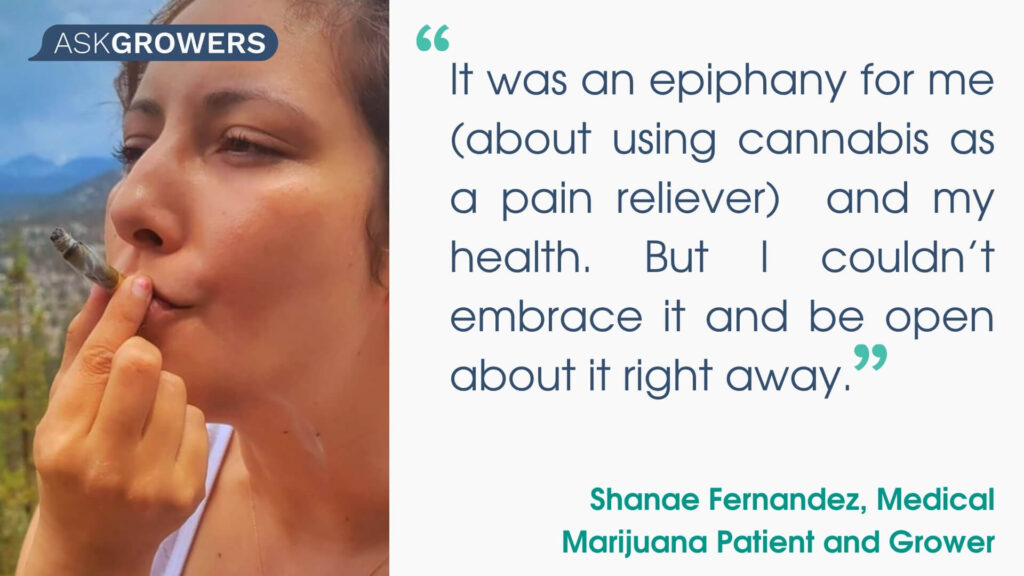
The turning point came in 2017, when doctors formally diagnosed Fernandez with a form of Charcot-Marie-Tooth Disorder, a rare degenerative nerve disease. She began using prescription Gabapentin and muscle relaxants, but she needed something more. Besides the involuntary clenching, jerking and twitching of her muscles, the burning sensation in her nerves were intense enough to bring her to tears.
“I would put my hands in ice packs because they were so swollen,” she recalled. “Everything just felt like it was on fire.”
Combining marijuana with her prescription meds did the trick. Fernandez swears by GMO Cookies, an indica-dominant hybrid strain known for its high THC potency and calming effect. She grows the plant legally at home and rips it through a bong throughout the day. Fernandez shares her cannabis journey on Instagram, and said she’s encouraged by fellow patients who cite her social media as motivation for trying the plant.
“Saved My Life”
In Las Vegas, Nevada, 71-year-old Karen Lay received her own daunting news just a few years ago: Stage 3 lung cancer. She was 67 at the time, and her days suddenly felt limited. She had never smoked before — tobacco or marijuana — which made the diagnosis that much more unfathomable.
Lay’s medical options were bleak. Her doctor wanted her to try high-energy radiation and chemotherapy for a couple of months.
But she had a better idea. Against her doctor’s orders, Lay researched cannabis and decided on using Rick Simpson Oil — a highly concentrated THC medicine — by dropping some of the oil under her tongue each day.

She went to just one month of chemotherapy treatments. By taking the Rick Simpson Oil, eating healthy and exercising regularly, she was completely cancer-free within a year.
Lay, a retired elementary school teacher, is thankful to be in “the right place at the right time.” Cannabis in Nevada has been widely accessible for adults aged 21 and up since 2017. She credited the plant for “giving me more time on this planet.”
“Without question, cannabis saved my life.”
“Alive Again”
Imagine waking up during a major surgery to find doctors operating in real time: scalpels, machines, and all. That’s what happened to 55-year-old Las Vegas resident Kara Sharpe during a neck surgery back in 2013. The harrowing experience left her with Post Traumatic Stress Disorder, a condition most often manifested in combat military veterans during war.
Like so many other people with PTSD, Sharpe was prescribed a regimen of pills. But it turned her into an “aloof, drug-whacked zombie” with no perceived control of her body. She felt helpless for two years after the botched surgery.
To say her life changed for the better when the dispensaries first opened would be a total understatement. A powerful combo of flower and THC oils had her down to only one painkiller a day by 2018. Now, continuing on her cannabis regimen, Sharpe said her life is better than any point since her surgery.
“I’m alive again, thanks to cannabis,” she said. “I literally feel like I’ve come back from the dead.”
Fighting the Stigma
In a perfect world, the marijuana success stories of Fernandez, Lay and Sharpe would end here — with their medical conditions and lives having improved as a result of using the plant.
But the stigma still associated with the plant has placed a slew of hurdles on their roads to recovery.
Marijuana DUI laws have been one of cannabis’ greatest policy flaws. With so little available research, state legislatures have generally failed to establish consistent testing standards.
In many states, low DUI limits for cannabis – just 2 nanograms per milliliter or more of THC – means almost everybody who uses ganja a few days before their offense still test over the legal limit. Cannabis residue can stay in the body for weeks at a time, so a blood test can say someone is high even if they haven’t toked up in days.

To avoid becoming victims of the flawed DUI laws, Fernandez, Lay and Sharpe all say they avoid driving whenever possible. Instead, they ask their spouses to take the wheel or enlist nearby family members. If necessary, they’ll spend a few extra bucks to order a ride-share.
There’s also the employment conundrum. While some major U.S. employers and corporations have said they will not fire employees for a positive THC test, businesses still have the legal right to do so in several states.
Finally, cannabis patients still face a negative public stigma — sometimes even within their own families. Fernandez said she and her husband raised their now-teenaged daughter to interpret her parents’ cannabis use as nothing more than herbal medicine. But Fernandez is well-aware of what her 13-year-old daughter might hear from the outside world.
“We just want her to understand that we’re responsibly harvesting the healing power of a miracle plant,” Fernandez said. “But we know that some people at her school will have different opinions about cannabis.”
Solutions Are on the Horizon
Marijuana law is still largely flawed, but many states have recently moved toward a more full-scale ending of prohibition. Even for certain measures that aren’t yet law, the spirit of cannabis legalization seems to be steering authorities into being more sympathetic.
Since 2019, several states — including Nevada, where Lay and Sharpe live — have revamped their DUI measures to include higher active THC and metabolite limits for people suspected of driving stoned. A handful of states, including Fernandez’ home state of California, have also moved away from on-site urine tests to measure THC levels. Instead, they mandate that police only determine such measurements with blood samples.
Hundreds of employers have stopped testing for cannabis, while four states — Arizona, Delaware, Illinois and Nevada — banned companies from firing people for off-the-job marijuana use.
The interviewed patient-advocates acknowledged that cannabis won’t ever be perfect until Uncle Sam hops on board. In the meantime, there’s still plenty of steps they believe state legislators and industry leaders can take.
Fernandez and Lay contend healthcare and insurance packages should help cover the costs of cannabis as medicine, like they do prescription drugs. They also believe all employees should be safeguarded from termination based on medical cannabis use.
In the big picture, the end of prohibition has come a long way. And with over 90 percent of Americans now favoring cannabis legalization for medical purposes, patient-advocates are confident the decades-long barriers and stigmas associated with the plant will organically continue to come crumbling down.
“It’s only a matter of time,” Fernandez said. “But until then, we need to keep pushing forward.”

 Health
Health




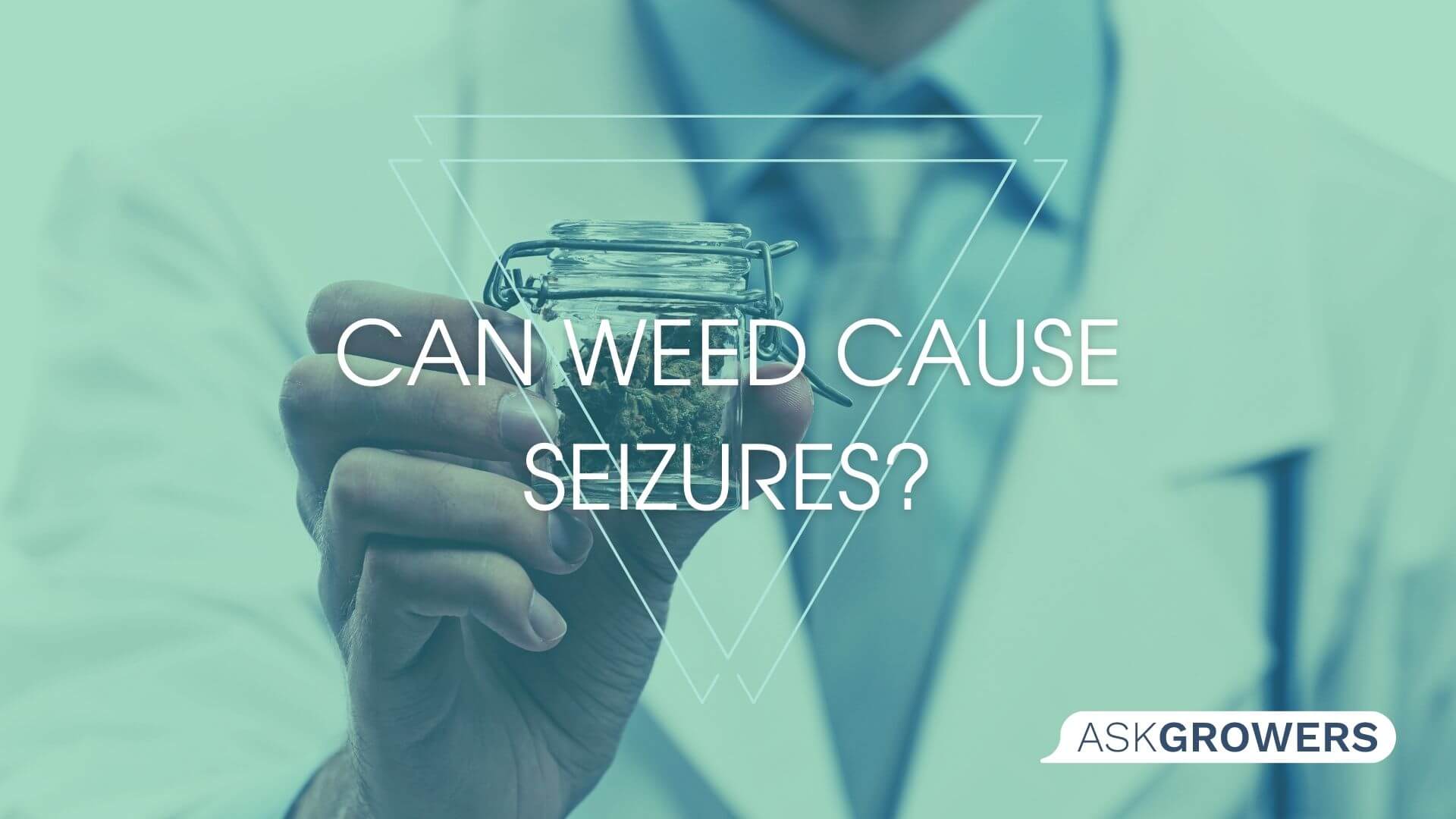
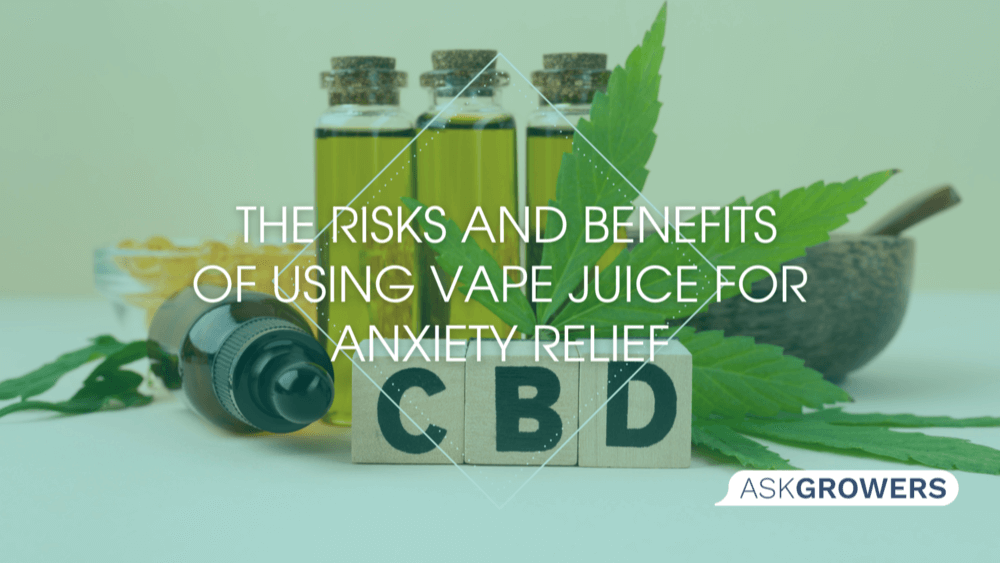

 (1).png)
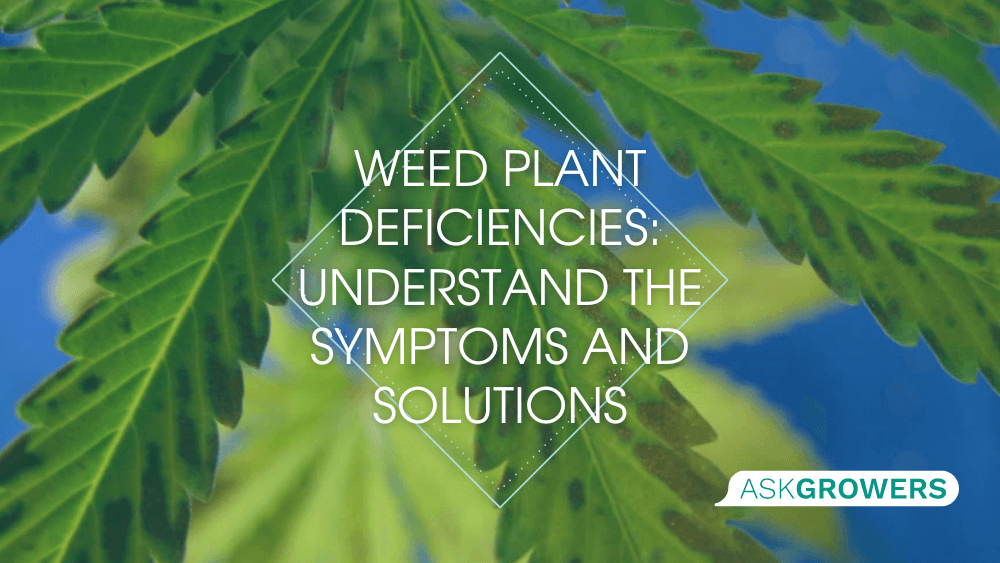
.jpg)

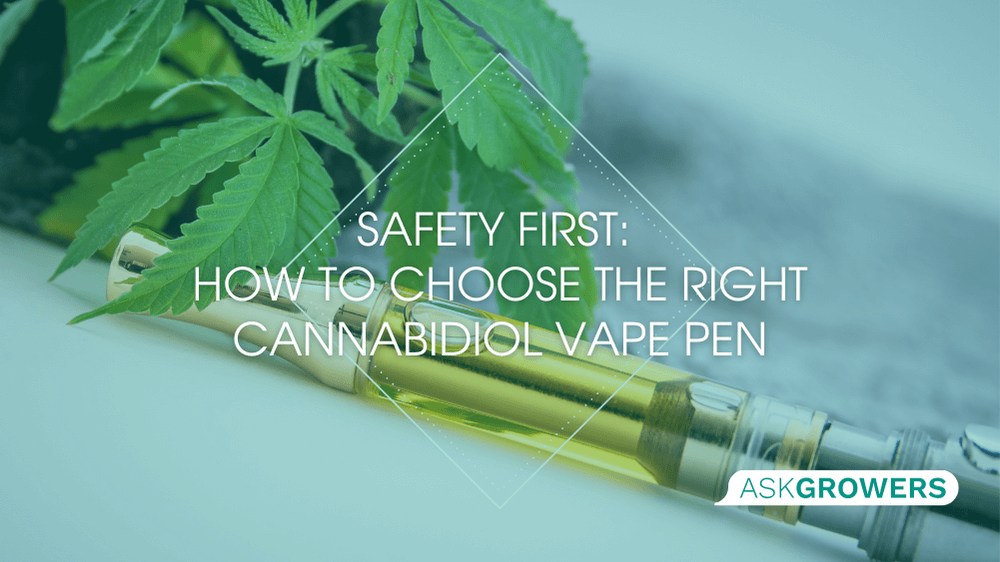
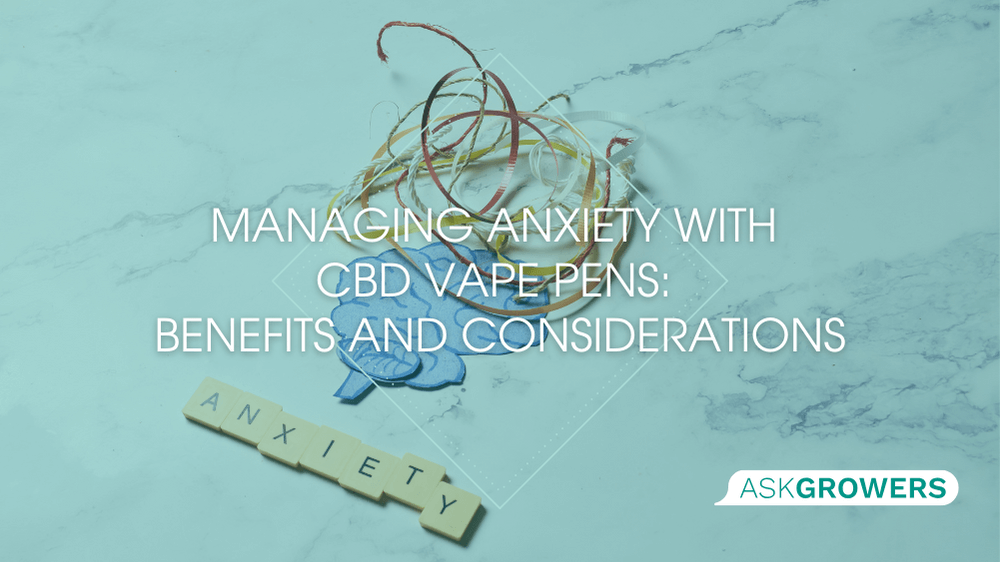


Be the first and share your opinion
Write a Review